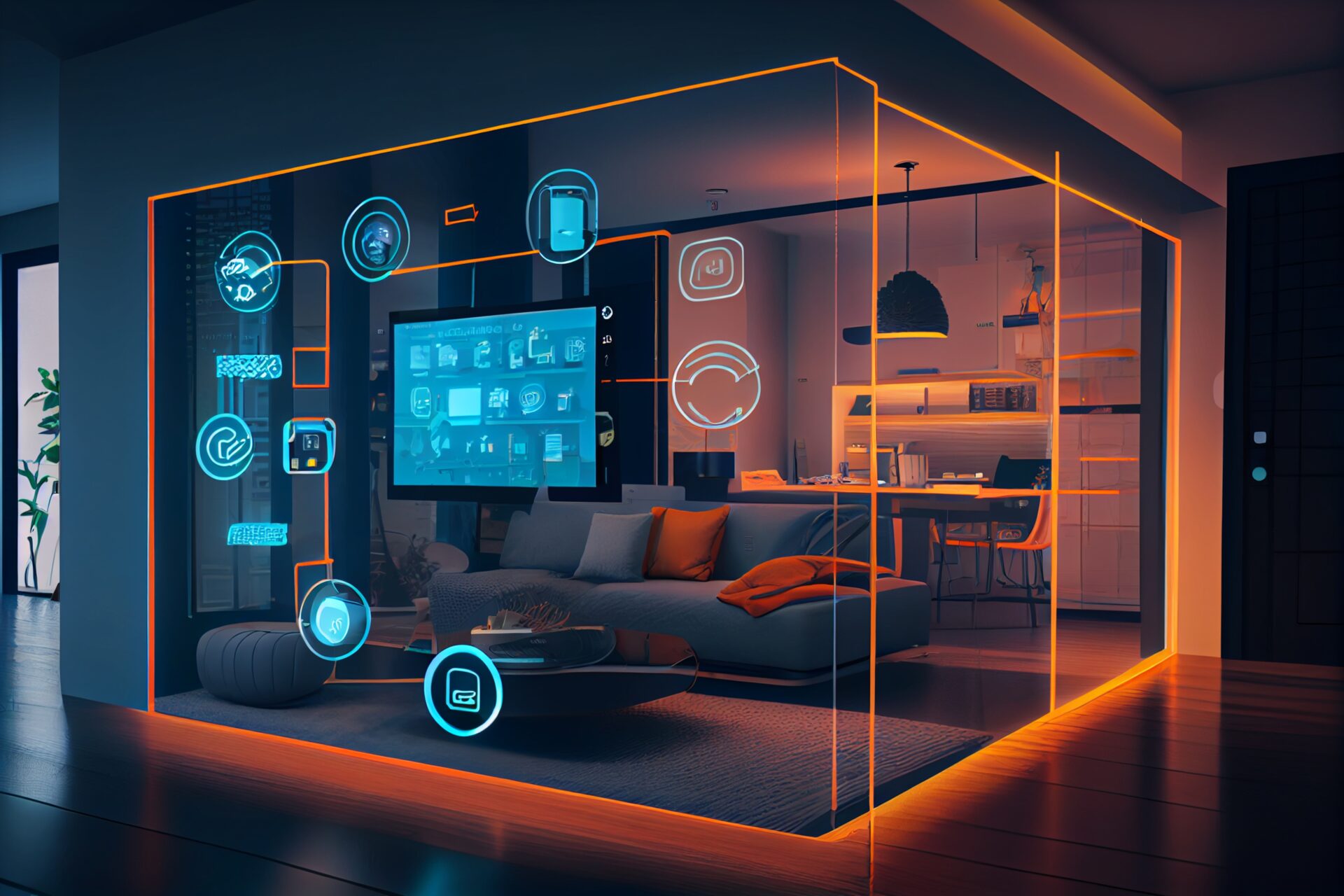The interior design field is in the process of transformation because of the invasion of artificial intelligence. This creates room for its effectiveness, uniqueness, and visual appeal. The B.Des Interior Design colleges in Tamil Nadu need to provide proper guidance in the utilisation of AI tools and their benefits when it comes to interior design projects. Nowadays, AI makes work easier and quicker, which makes professionals use it. In this article, discover the benefits of implementing AI in each interior design process.
How is AI integration in the Interior design process?
As said, technologies are contributing their part in every field. Interior design has also got its own tools, applications, and platforms to design, create, develop, and present through AI technologies, and industries are looking for this smart work. Therefore, architects of interior design colleges in Tamil Nadu should understand the concepts and technologies involved in interior design. This practical knowledge can help them survive in their future careers. Let’s start with idea generation.
Creating concepts:
Finding inspiration for projects is one of the biggest issues facing interior designers. By providing customised design ideas based on client preferences and current trends, AI can assist in overcoming this obstacle.
AI systems can examine huge libraries of images, styles, and colour schemes using machine learning techniques, providing designers with a variety of aesthetically pleasing solutions.
These suggestions can be made even more precise by entering particular criteria, such as financial restrictions, space measurements, and preferred ambience.
Create models before implementing:
However, once you create concepts, you should implement them into an art form. Traditionally, it is processed through 2D blueprints and hand-drawn sketches. But, now that it is long gone, you can use AI to communicate the designs through virtual versions of rooms and offer clients a better experience.
Even the chances of immediate modifications are available with the help of augmented reality and computer vision.
Colour, texture, and material selection:
With AI, it is now easy to use the appropriate materials and colour choices for the projects. Designers can explore and find the choice of materials based on the AI recommendations that suit the client tastes, project requirements, and affordability. These suggestions and data come after analysing multiple sources, including supplier catalogues, user evaluations, and historical trends.
AI may also produce colour schemes based on the intended mood and elements like natural lighting, space size, and existing furniture. This way, you can speed up the decision-making process, and the AI recommendations can be modified based on the client’s satisfaction.
Optimising the space and layout is possible with AI.
Space planning is complex and a high priority when it comes to interior design, even if it is for small spaces. Designers need to analyse the spatial data and recommend furniture placements, which can be possible with the AI assistance of room layout optimisation.
The optimisation plans and maximisation of available space via AI are based on elements like traffic patterns, ergonomic principles, and accessibility requirements. Designers are able to produce aesthetically pleasing spaces that meet the client’s unique requirements and give satisfying results.
Customization for customers:
Customers can become happy when they find the results they are looking for. So, designers need to ensure the customer’s ideas and preferences and make customised designs.
This is possible with AI, where based on user preferences, behavioural trends, and demographic information, the process can be simple and customers can receive tailored design recommendations. This unique offer can make the customer remember you and can maintain this customer relationship strongly.
Benefits of AI in Interior Design:
- AI in interior design assists through its techniques that can automate and streamline the design process.
- VR and AR can provide design environments that are generated with the help of 3D models and automate the design process in terms of lighting and colour selection.
- Efficiency and speed are aspects of AI technology that automate basic tasks like material selection and colour matching. So designers can be more focused on other productive tasks.
- Projects can be accomplished within the time limit; this metric allows designers to manage more clients and spaces to work, which traditional methods might take a long time to achieve.
- Creativity and visualisation are other benefits of AI technology in interior design. With AI tools and platforms, designers can create 3D models and visualise them in real-time and in actual space.
- This way, you can ensure the model, like how furniture and decorations look, feel, and understand the atmosphere, And with AI, you can utilise unique designs and decoration items that are able to modify the styles and materials based on the client’s request.
Conclusion:
Thus, AI offers a wide range of tools and capabilities that improve the design process, from offering design inspiration to optimising layouts and aiding virtual visualization. Designers may enhance their creativity, enhance client communication, and ultimately produce extraordinary design results by integrating AI technology. Students can utilise these modern and fascinating applications in interior design during their internships in their five-year course at top B.Des. colleges in Coimbatore. This will help you develop and grow along with the increased integration of technologies.



